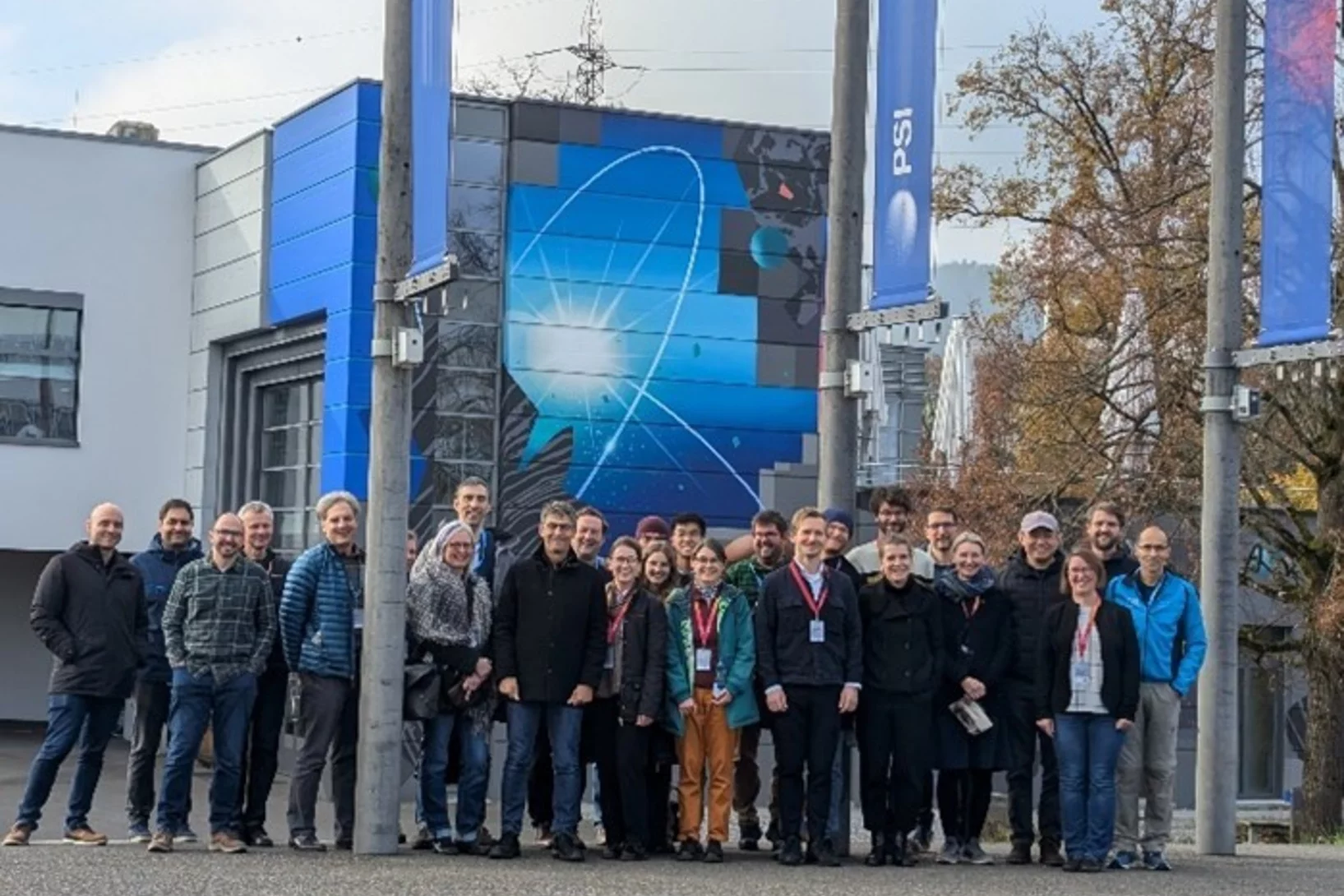The PSI Laboratory of Atmospheric Chemistry studies gases and aerosols in the atmosphere, affected by energy systems and impacting air quality, weather, climate change and human health.
Lab News & Scientific Highlights
Both natural and human emissions shape cloud formation high above Earth
What happens inside the CLOUD chamber?
Study reveals: Smoke from crop residue burning worsens air pollution in Indian cities
Identifying the main source of air pollution in Indian cities is crucial to reducing the many deaths caused by fine particulate matter (PM₂.₅) – deaths that during the harvest season can account for up to half of all air pollution-related fatalities. An international research team lead by the Paul Scherrer Institute (PSI), funded by the Swiss Agency for Development and Cooperation (SDC) has investigated in detail the sources of the organic components of fine particulate matter in the northern Indian cities of Delhi and Kanpur, located in the Indo-Gangetic Plain. Using novel high-resolution molecular measurement techniques and advanced data analysis, the researchers were able to precisely identify and quantify the sources of organic fine particulate matter.
Schadstoffe entstehen oft erst in der Luft
Forschende des PSI haben im CLOUD-Experiment am CERN mit nie da gewesener Präzision gemessen, wie sich organische Luftschadstoffe bilden und verteilen.
Preparing the Future of PSI Large Facilities in Atmospheric Research
The Multiphase Chemistry Group in the Laboratory of Atmospheric Chemistry (LAC) looks back to a nearly 20 years record of activities with in situ X-ray photoelectron spectroscopy (XPS) and in situ scanning transmission X-ray spectromicroscopy (STXM) to address key fundamental questions in atmospheric chemistry. This is the time to consider new horizons, align with current and future needs in atmospheric sciences, and to identify novel opportunities driven by upcoming trends in methods, technologies and facilities. This has been the topic of the Workshop ‘X-ray and Neutron Spectroscopy, Scattering and Imaging in Atmospheric Chemistry’, held at PSI 13 – 15 November 2024.
Publications
-
Aggarwal S, Bansal P, Wang Y, Jorga S, Macgregor G, Rohner U, et al.
Identifying key parameters that affect sensitivity of flow tube chemical ionization mass spectrometers
Atmospheric Measurement Techniques. 2025; 18(17): 4227-4247. https://doi.org/10.5194/amt-18-4227-2025
DORA PSI -
Ajith TC, Windwer E, Fang Z, Li C, Modini RL, Onasch TB, et al.
Evaluation of the 365 nm CAPS PM SSA monitor and its use in both laboratory and field measurements
Aerosol Science and Technology. 2025; 59(11): 1456-1474. https://doi.org/10.1080/02786826.2025.2488478
DORA PSI -
Aliaga D, Sinclair VA, Krejci R, Andrade M, Artaxo P, Blacutt L, et al.
New particle formation dynamics in the central Andes: contrasting urban and mountaintop environments
Aerosol Research. 2025; 3(1): 15-44. https://doi.org/10.5194/ar-3-15-2025
DORA PSI -
Ammann M
Concluding remarks: atmospheric chemistry in cold environments
Faraday Discussions. 2025; 258: 597-613. https://doi.org/10.1039/d5fd00042d
DORA PSI -
Bartels-Rausch T, Creamean J, Thomas JL, Willis M, Zieger P
Ten crucial unknowns in atmospheric chemistry in the cold
Faraday Discussions. 2025; 258: 10-22. https://doi.org/10.1039/d5fd00056d
DORA PSI






